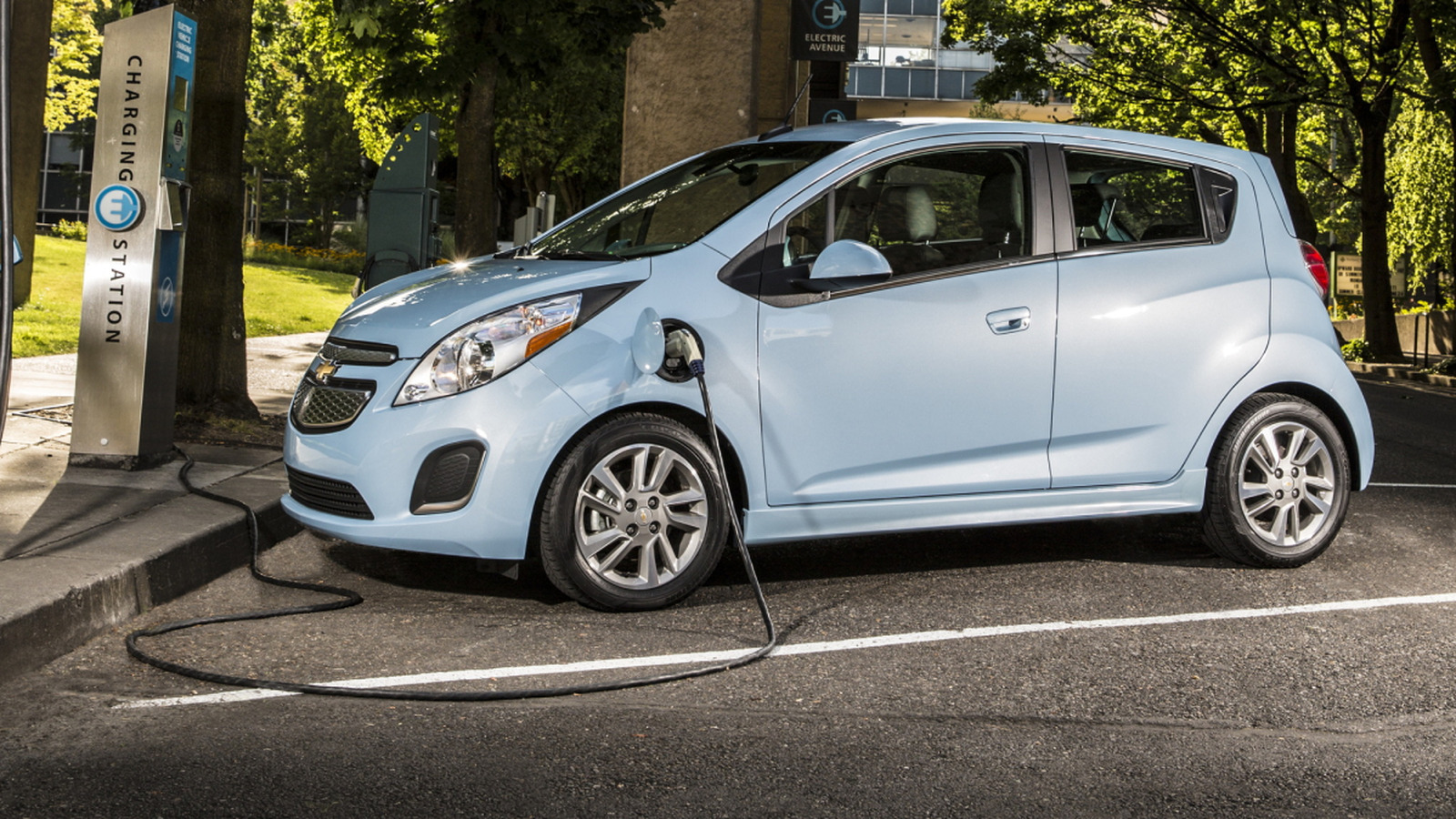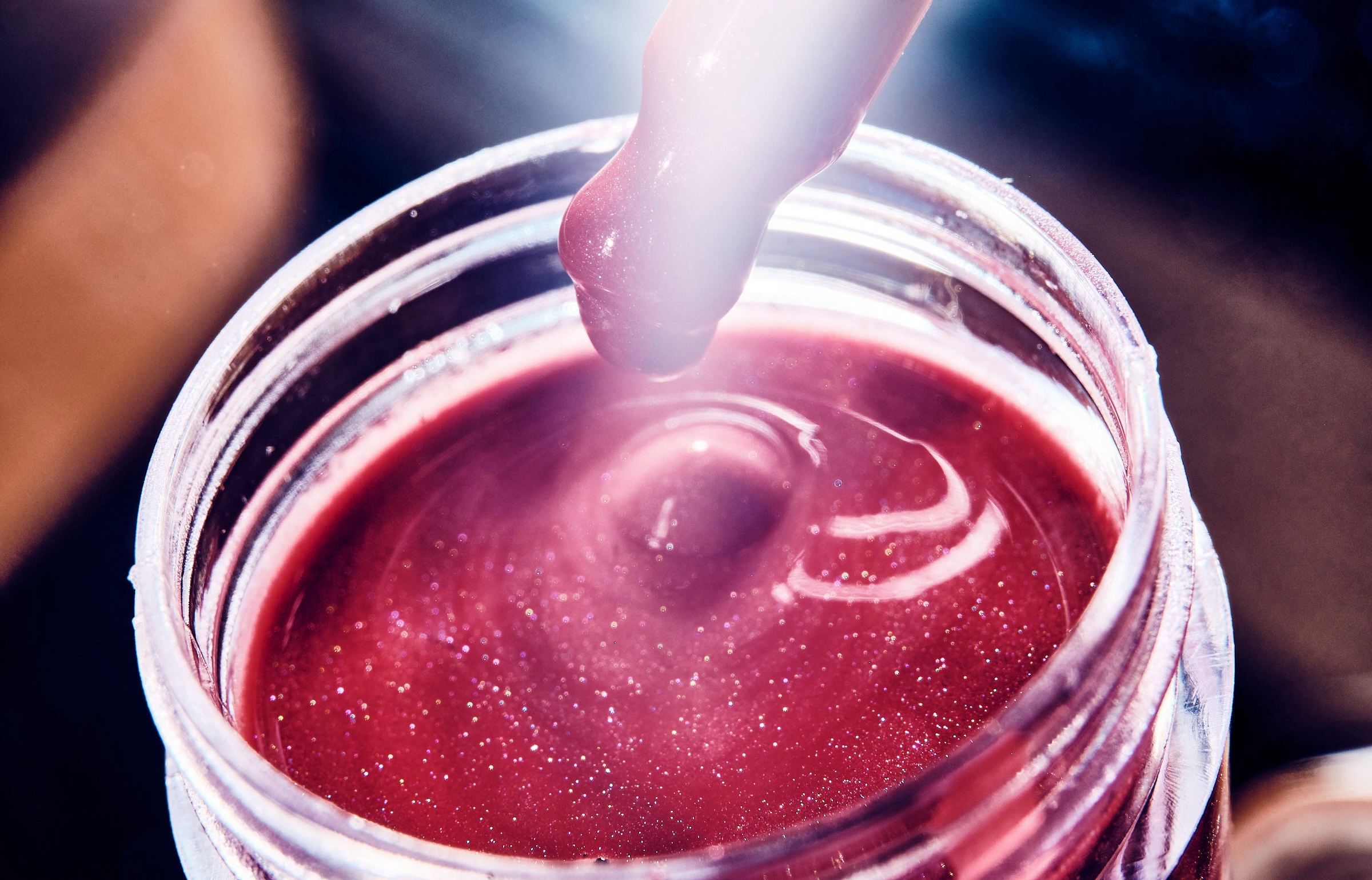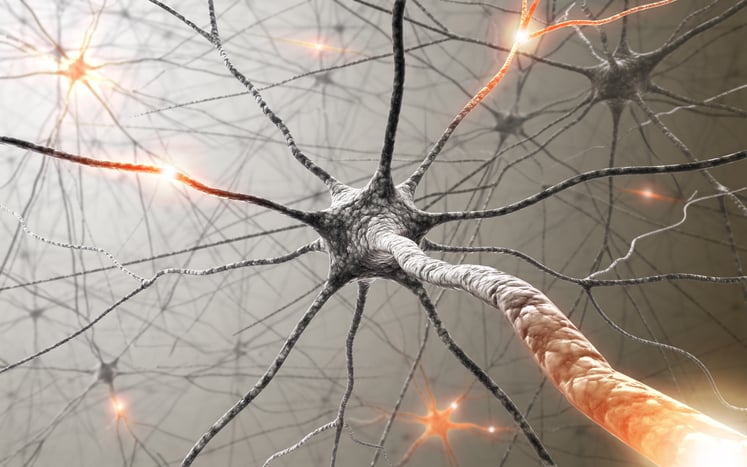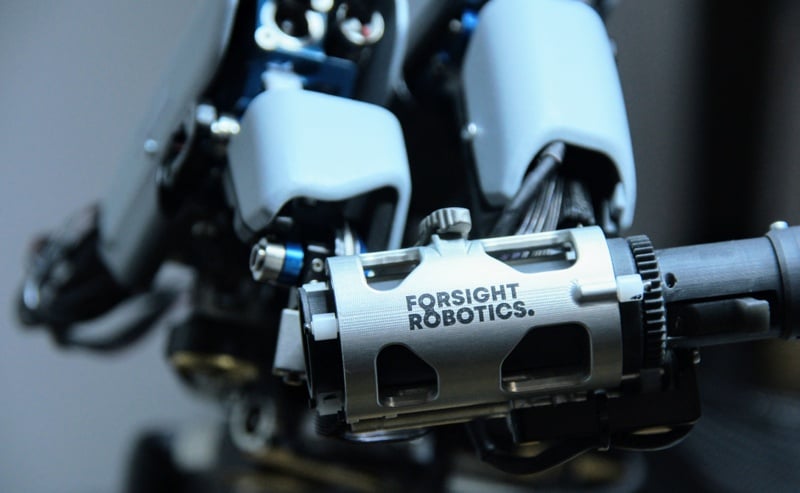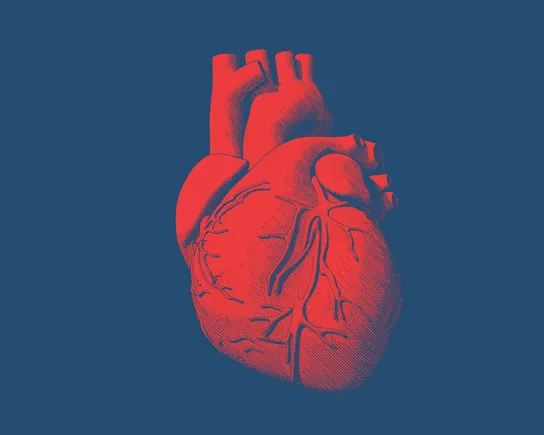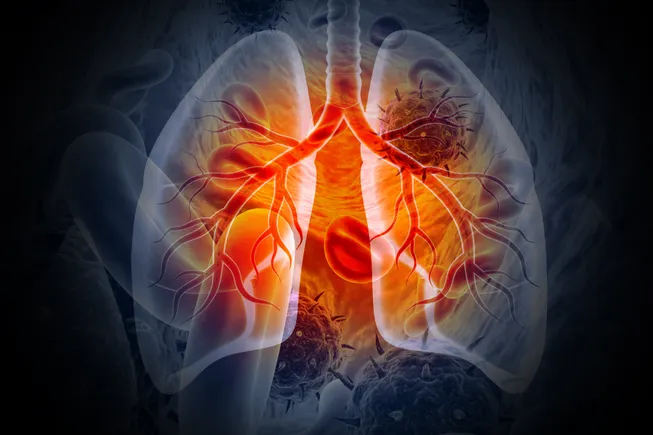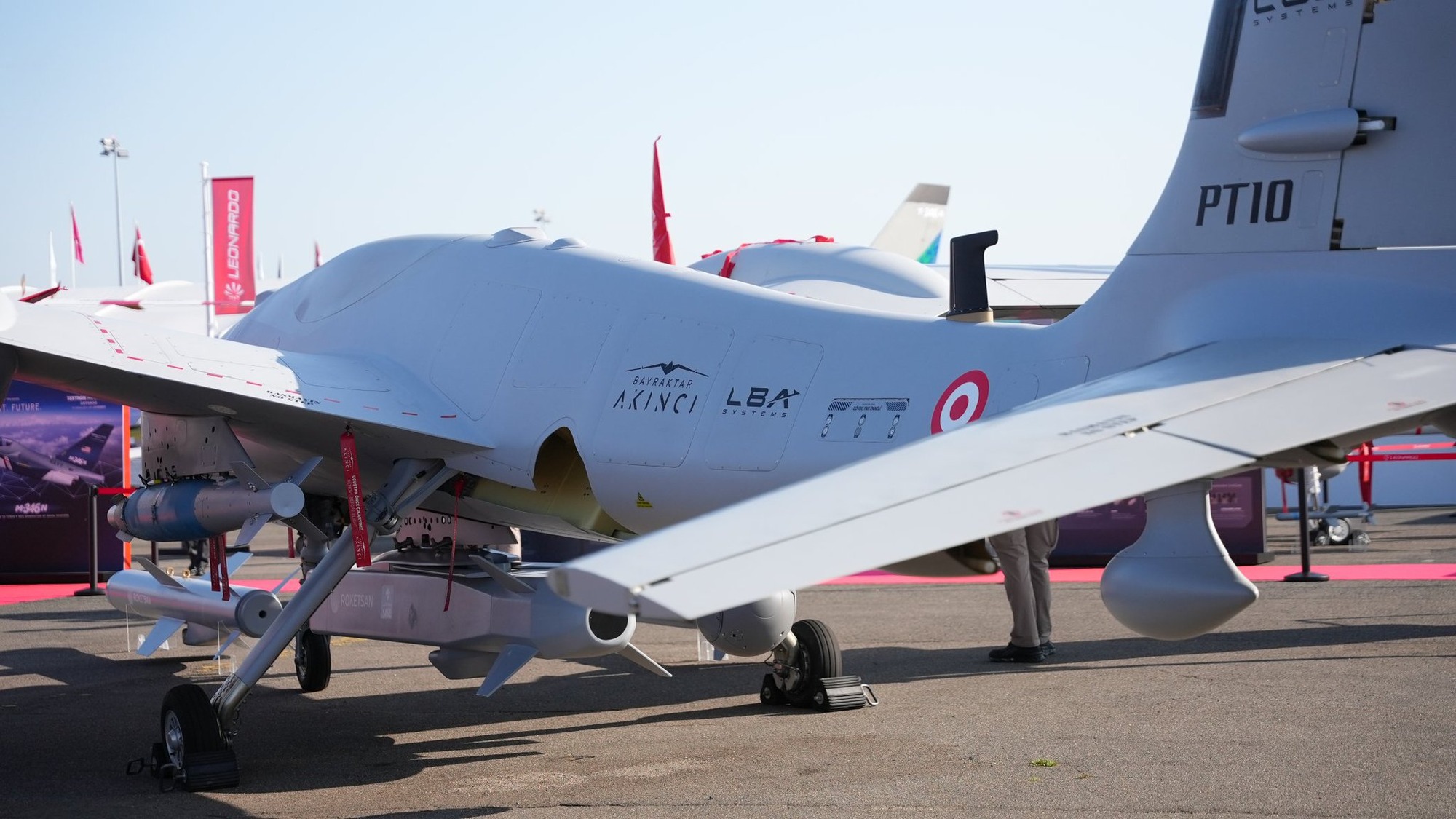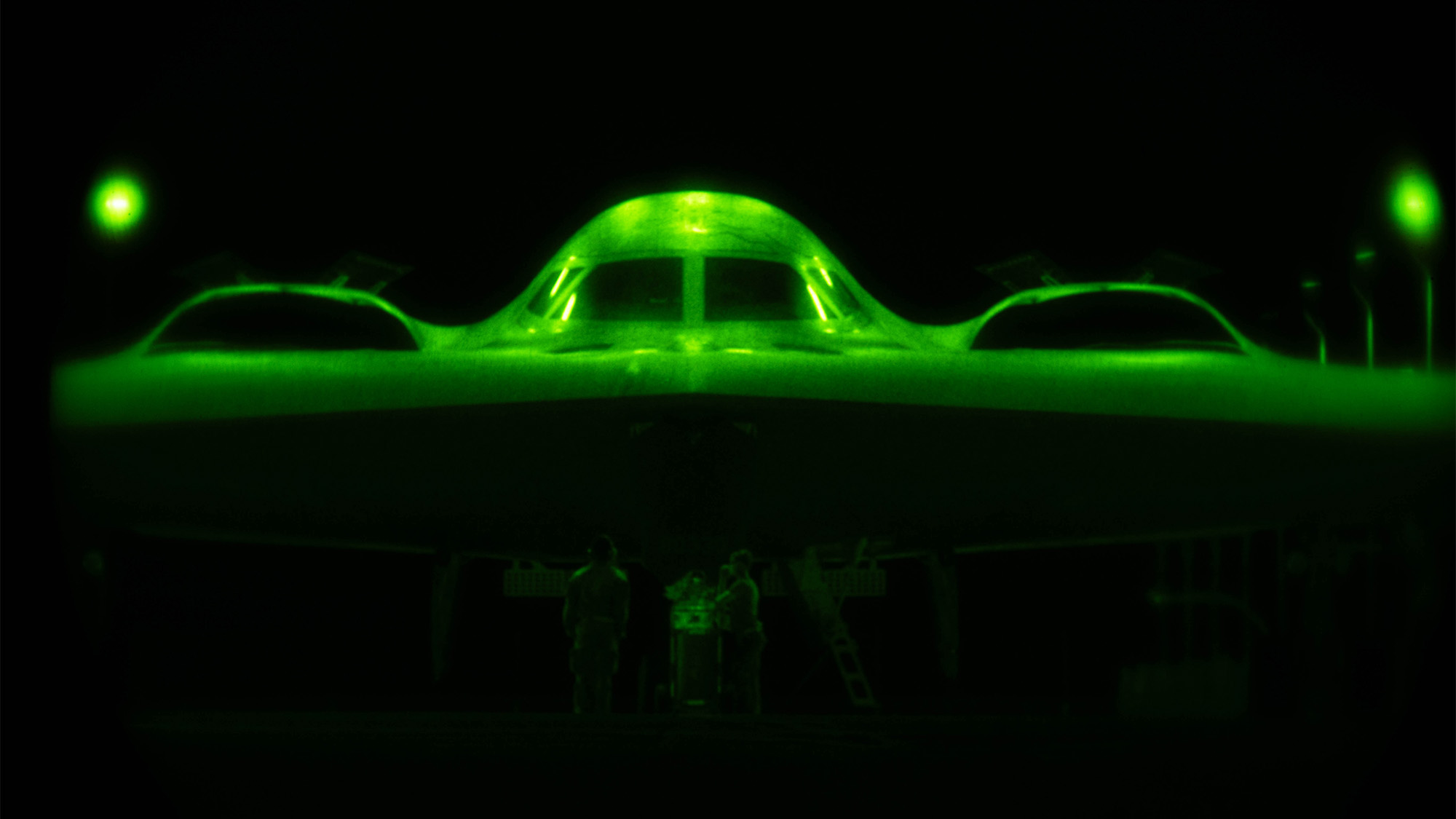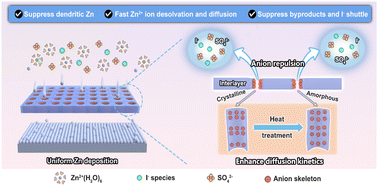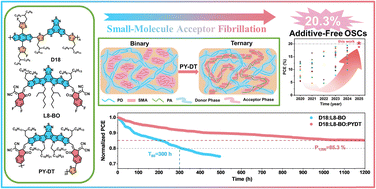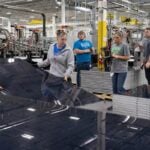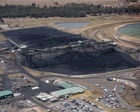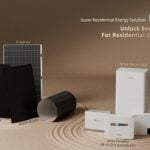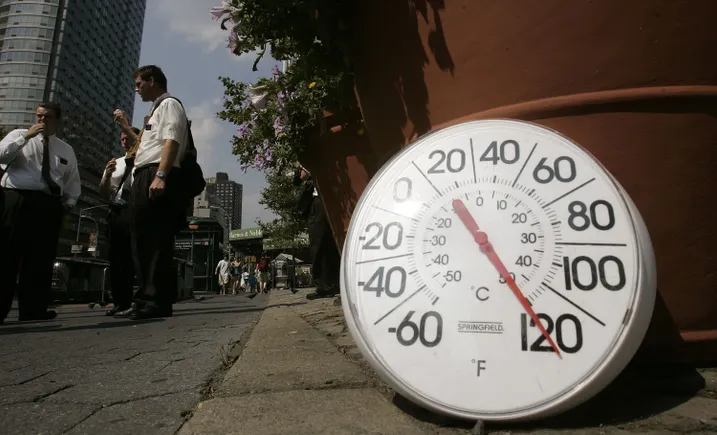Boosting Photocatalytic H2 and H2O2 Evolution Enabled by Surface Non‐Uniform Pyroelectric Field Derived Dielectrophoresis Effect
Advanced Energy Materials, EarlyView.

A dielectrophoresis-enhanced photocatalytic system is developed to concurrently optimize charge-transfer kinetics and mass transport phenomena in photocatalytic water splitting for dual production of H2 and H2O2. This platform innovatively harnesses underutilized infrared photons through the integration of dielectrophoretic effect with photocatalytic reactions, establishing a novel paradigm for synergistic energy conversion and value-added chemical synthesis.
Abstract
Photocatalytic water splitting into H2 and H2O2 presents a promising approach for converting solar energy into chemical energy. However, sluggish charge migration and unsatisfactory mass transfer restrict its activity. Herein, a photocatalytic system composed of a ZnO/Mo2C/polyacrylic acid hydrogel and carbonized wood, featuring surface non-uniform pyroelectric field-derived dielectrophoresis effect to offer a driving force for both charge and mass transfer is demonstrated. The chaotic motion of water vapor generated by the carbonized wood and the photothermal effect of Mo2C induce surface temperature oscillations and alter the polarization state of ZnO, resulting in a maximum 0.52 V surface non-uniform pyroelectric field and stimulating a 108-fold increase in dielectrophoresis force. This photocatalytic system demonstrates a 41% reduction in carrier migration barriers induced by non-uniform pyroelectric field, alongside a local enrichment of intermediates and optimized H2 diffusion via dielectrophoresis force, thus resulting in a record photocatalytic activity with H2 and H2O2 evolution rates of 755.5 and 626.3 µmol h−1, respectively. A large-area system (900 cm2) is fabricated, yielding 2.5 L of H2 and 103.05 mmol of H2O2 per day under natural sunlight. This study presents promising design criteria for creating an efficient photocatalytic system focusing on energy harvesting and the production of high-value-added products.






























